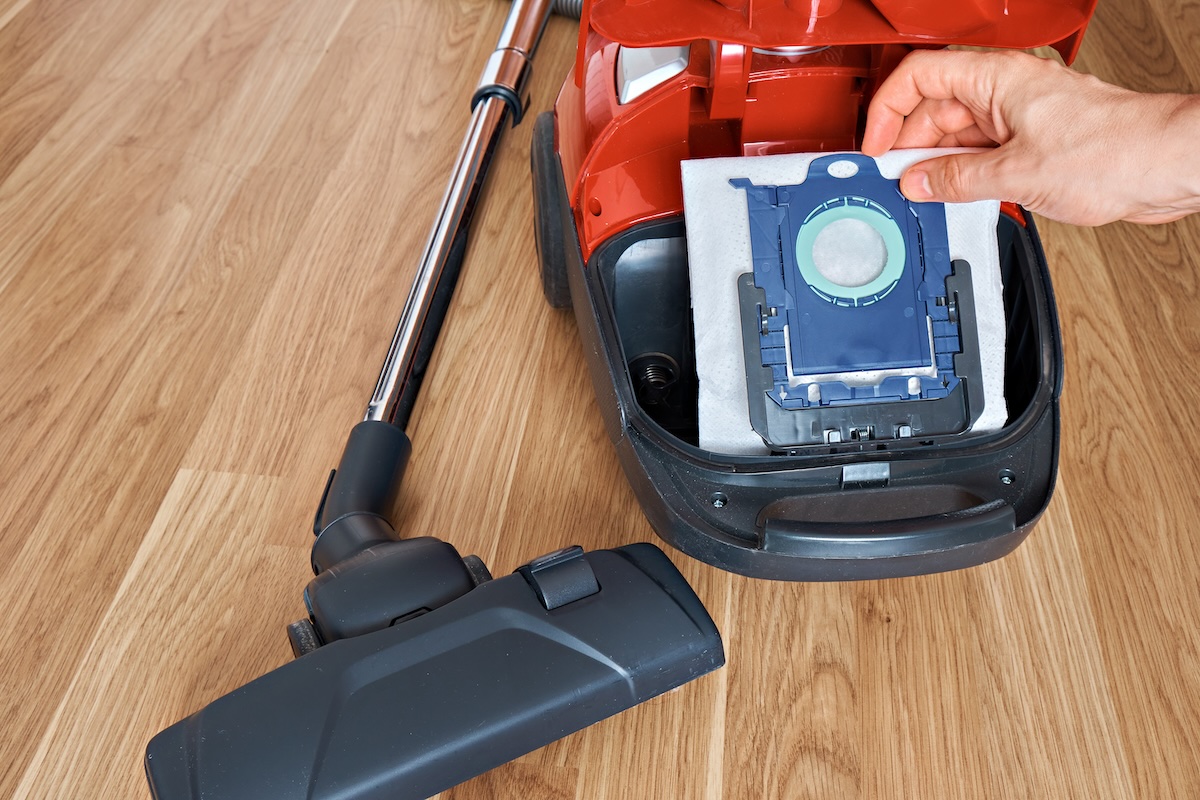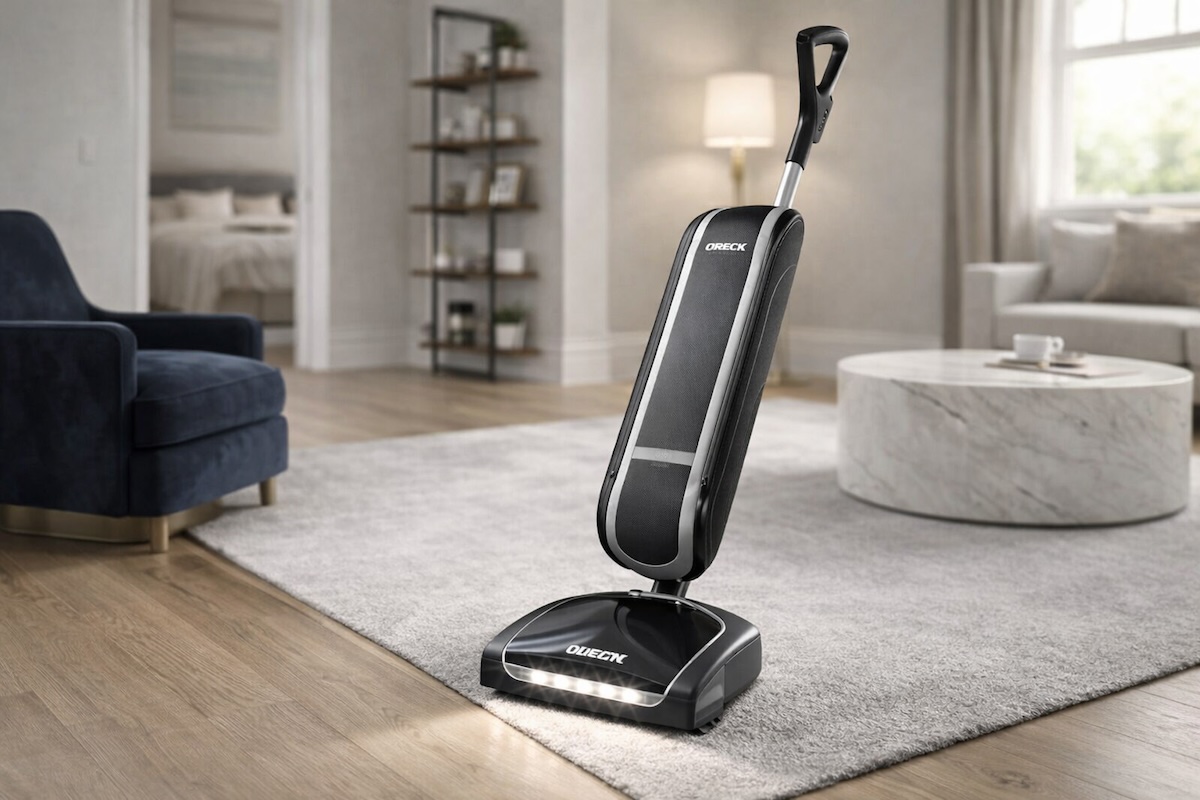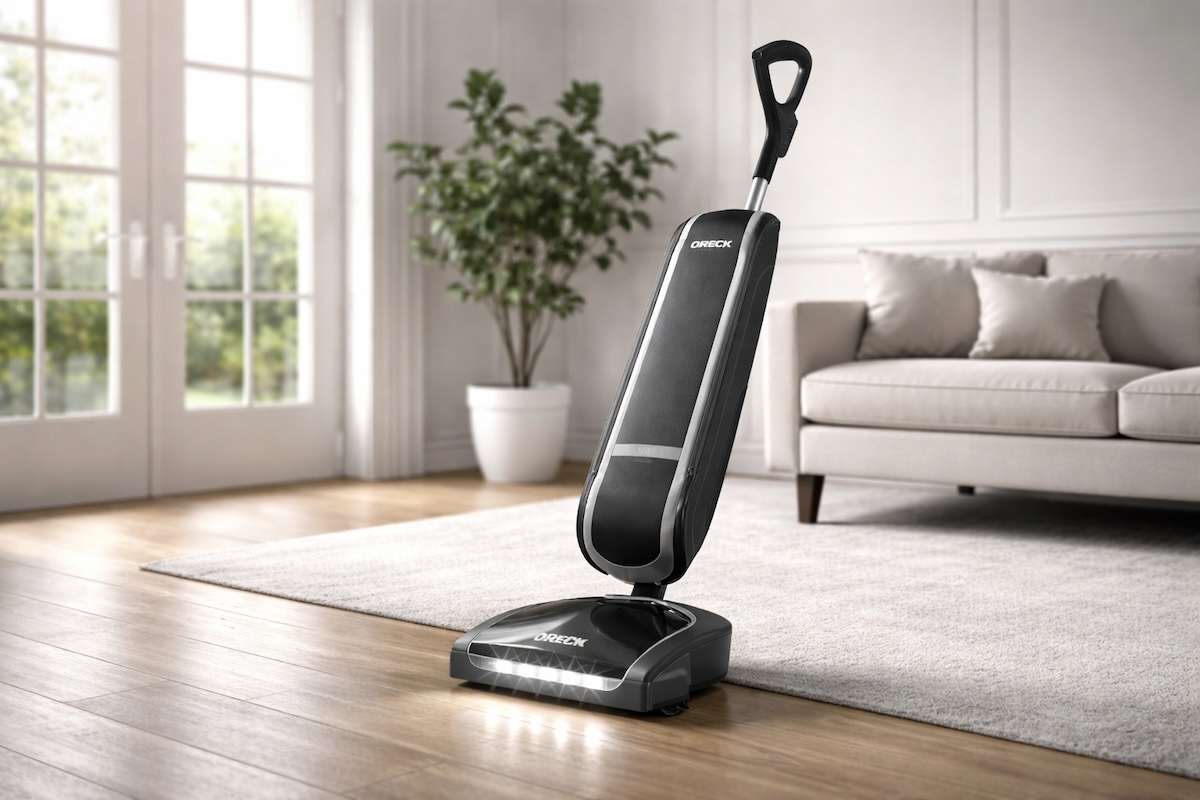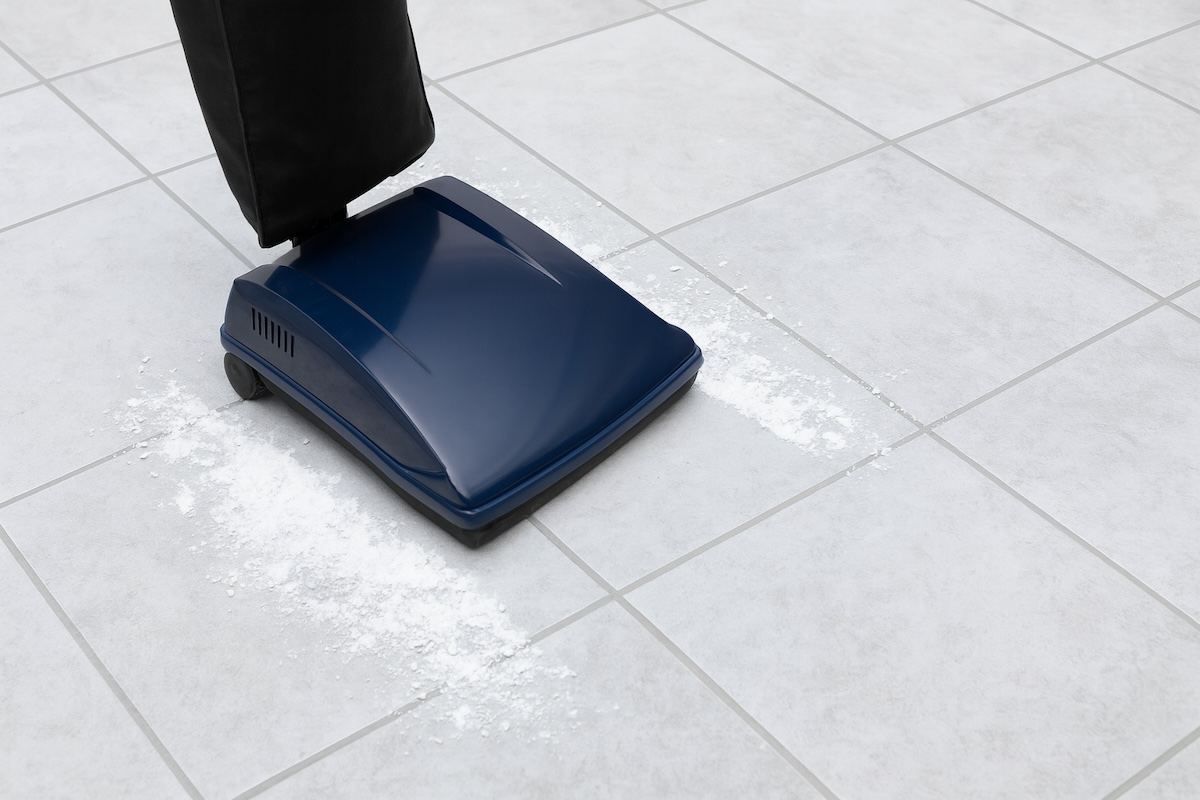Figuring out which vacuum bag you need shouldn’t be this confusing. You’ve got brand names, types, part numbers, and sometimes the same model can use more than one style depending on the version. Whether you’re changing out a full one for the first time or just tired of buying poor-quality generic or incompatible replacements, this guide will help you find the correct bag, the first time.
Table of Contents
ToggleWhat Is a Vacuum Cleaner Bag—and Why Are We Talking About It?
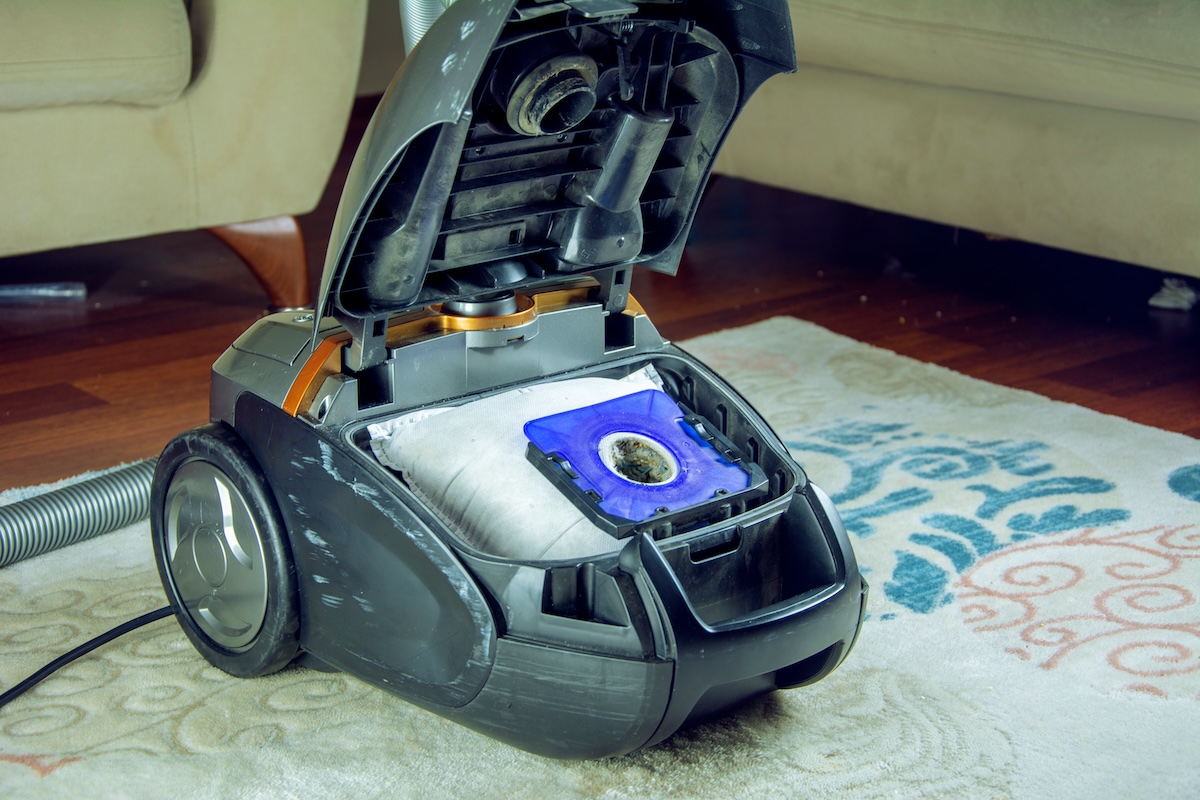
You probably didn’t dream of spending part of your day reading about vacuum bags. And yet… here you are. Maybe because your vacuum’s not sucking like it used to. Maybe you bought the wrong bag twice in a row and swore this time you’d actually figure it out. Maybe you just typed something like “which replacement bag fits my vacuum” into Google out of mild desperation.
A vacuum cleaner bag might seem like the least interesting part of your vacuum, but it’s doing a lot behind the scenes. Besides holding everything from dirt and pet hair, to dust mites and dry macaroni, it’s filtering dust, protecting the motor, and keeping your indoor air from turning into a sneeze cloud. (If you’ve ever used the wrong one, you already know how badly that can go.)
How Do I Know Which Vacuum Bag to Buy?
Start with your vacuum’s brand and model number—it’s the key to finding compatible replacement parts. Most vacuums use a specific style or “type” that’s not interchangeable with others. That bag type will usually be listed:
- On a sticker on the vacuum (often on the bottom or under the dust cover),
- In the owner’s manual, or
- Printed on the existing vacuum bag you’re replacing.
Once you’ve got the model number or bag type, it’s just a matter of matching it. For example:
- A Miele vacuum might use FJM or GN bags, depending on the model.
- Riccar vacuums have multiple styles like Type A, Type F HEPA, R25, and others.
- Oreck machines can require CC HEPA, Magnesium LW, or Buster B bags, depending on the design.
Do All Vacuum Bags Fit in All Vacuums?

They don’t—and it’s one of the most common things people run into when replacing bags.
Even vacuums from the same brand can use different bag styles. That’s because each machine is designed with its own airflow system, filter setup, and dust chamber shape.
Vacuum bags are like printer ink cartridges: even models from the same brand don’t always use the same bags. Here’s why:
- Fit and seal: Each bag is shaped to create a tight seal in a specific dust chamber.
- Airflow: The way the vacuum pulls air through the bag is designed around a specific structure and filter resistance.
- Connector style: Some bags clip in, others slide over a nozzle, and a few twist-lock or snap into place.
Using the wrong bag often means air bypasses the bag entirely, which sends fine dust into the motor or your home. It can also cause poor suction and clog filters.
Vacuum bags are not universal. Check the vacuum model number (usually on a label near the bottom or inside the bag compartment), and match it to the bag type made for that machine. Once you’ve got the right one, swapping bags is usually quick and easy.
If the bag doesn’t perfectly match your vacuum cleaner model, it might not seal correctly. That can lead to poor suction, clogged filters, or dust escaping back into the air—and nobody wants that.
Choosing the Right Replacement Bags

Let’s start with one of the most overlooked (but most important) replacement items in your home: vacuum bags. If you’ve ever grabbed the wrong style or size, you know the frustration. But the real cost goes deeper.
A vacuum bag does more than collect dirt. It helps maintain suction, protects your motor from debris, and (in the case of HEPA models) can even improve indoor air quality. Mismatched bags don’t just fit poorly—they can clog up your machine or blow dust right back into your home.
That’s why we carry exact-fit vacuum bags for trusted brands like:
- Miele, including AirClean FJM and GN styles
- Riccar, from Type A to HEPA R25 9-packs
- Oreck, including Magnesium/Discover LW and CC HEPA bags
- Simplicity, such as Type S and Jill-compatible options
- SEBO, with dedicated bags for the X/G/C series, Felix, D, and more
You’ll also find bags for Eureka, Hoover, Kenmore, Panasonic, Sanitaire, Titan, and even central vacuum systems like Cyclovac.
What Makes HEPA Bags Different?
If you suffer from allergies or just want cleaner air, HEPA-rated vacuum bags are worth the small upgrade. They trap finer particles—pollen, pet dander, and even bacteria. The good ones (like SEBO Felix or Riccar Type F HEPA bags) use multiple layers of filtration and maintain airflow as they fill up, giving your vacuum a longer service life and keeping indoor air cleaner.
Pro Tip: If your vacuum’s performance has dropped off but you haven’t changed the bag in a while—or you swapped brands—it might not be your machine. It’s probably the bag.
What Does “OEM” Mean?
OEM stands for Original Equipment Manufacturer—basically, it means the replacement vacuum bag was made by the same brand that built your vacuum, or by an approved partner using the original design. So if you’re using Miele AirClean FJM bags in a Miele vacuum, that’s an OEM product. Same with Riccar Type A or SEBO X-series bags when used in their matching machines.
Now, not every vacuum owner thinks about this stuff—but there’s a reason people in the industry usually recommend sticking with OEM or genuine replacement parts (including bags) instead of grabbing the cheapest thing online.
Here’s why OEM bags are usually worth it:
- Fit and seal quality: OEM bags are cut and shaped to lock perfectly into the bag compartment, with a secure collar or fitting ring that ensures no air leaks. This helps preserve suction power and keeps fine dust from sneaking past the filter system.
- Airflow efficiency: Bagged vacuums rely on controlled airflow to cool the motor and move debris through the chamber. A poorly designed off-brand bag can throw that balance off—restricting airflow, overloading the motor, or even blowing debris back into the bag compartment.
- Durability and construction: OEM bags are usually made from multilayer, tear-resistant materials—especially for HEPA-rated models. That matters when you’re vacuuming up fine dust, hair, or grit that can shred thin paper bags. You’ll often see reinforced seams, anti-microbial linings, and self-sealing flaps on higher-quality options.
- Filtration performance: If your vacuum is designed to trap allergens using a sealed HEPA system, the bag is a core part of that system. An OEM HEPA bag will meet the right filtration efficiency rating (often capturing 99.97% of particles down to 0.3 microns). Cheap alternatives might not.
Quick Tip:
If your vacuum takes a HEPA-rated bag, and air quality is a priority—especially for households with allergies, pets, or older carpets—it’s almost always worth spending the extra few bucks on the OEM or high-quality HEPA equivalent. It’s one of the easiest ways to extend the life of your machine and keep the air in your home cleaner.
Finding Bags for High-End, Vintage, & Less Common Vacuums

Plenty of people hang on to older vacuums that still run like a charm, and that’s exactly why certain bag types just stay in steady rotation. You’ve got folks with a SEBO that’s been going strong for a decade or more, or someone with a high-end Miele they inherited from their parents—and they’re not looking to switch to an all-plastic machine that’ll burn out in two years. So the bags for vacuum models from SEBO to Eureka keep moving because those machines are still out there doing the job.
Like SEBO and Miele, Riccar vacuums have a loyal following, especially among people who want a cleaner indoor environment and stick with HEPA bags like the Type F or the R30D packs because they make a noticeable difference in dust control.
It Can Be Hard to Find Replacement Bags in Stock for Specific Models
That said, in terms of availability, it’s not always easy to find certain replacement bags in stock even for popular models like Miele AirClean FJM, which consistently moves fast because of the wide adoption of Miele canister vacuums that rely on that specific fit. Or the SEBO K and SEBO X/G/C/300/350 bags, which are staples for households and cleaning crews that prefer German-engineered vacuums built for long-term use.
There’s also frequent demand for options like the EUREKA F&G HEPA 9-packs, which are still widely used in upright models that haven’t shifted over to bagless systems, and HOOVER Y/Z and HOOVER Type K bags, which are common among budget-friendly upright vacuums that continue to use classic bagged filtration setups. Additionally, RICCAR Type F HEPA and RICCAR R30D 6-packs tend to be kept in higher volumes, reflecting how many Riccar owners are still maintaining their machines rather than replacing them, especially when they’re running premium filtration like HEPA.
Every now and then, you’ll see someone try to swap in an off-brand bag or something that almost fits, only to end up with poor suction or a cloud of dust when they pop the lid. That’s part of the reason the original style bags are still in demand—it’s less about simple brand loyalty and more about the fact that the right bag just works better. It seals right, keeps the airflow clean, and doesn’t stress the motor. So even as new models come out, the need for compatible replacement bags hasn’t gone anywhere.
Signs You’re Using the Wrong Vacuum Bag
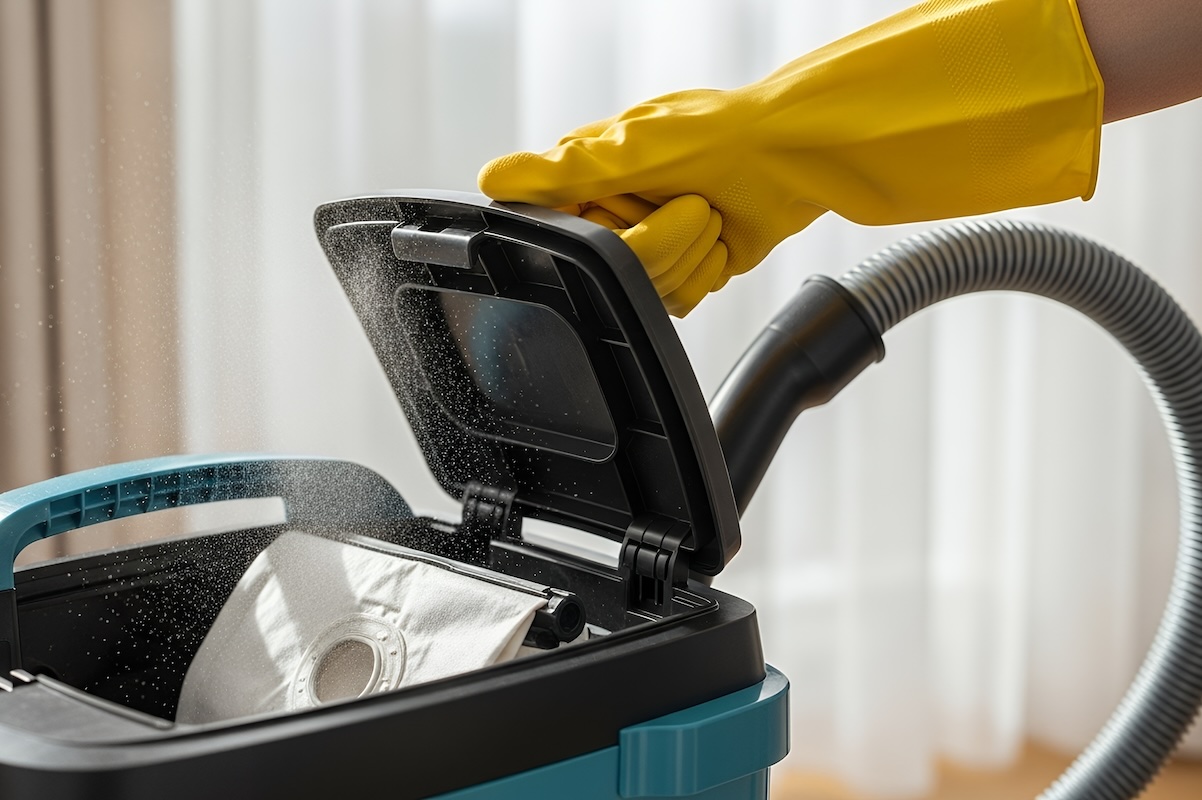
Most of the time, you’ll know something’s off pretty quickly. The vacuum might still run, but it won’t sound or feel quite right—and the results definitely won’t be what they should be.
Here are some common signs you’ve got the wrong bag in the machine:
- Weak suction, even with a fresh bag
If you just swapped in a new bag and the vacuum still feels underpowered, there’s a good chance it’s not sealing properly. Even a tiny gap can throw off airflow and make the whole system less effective. - Dust leaking inside the vacuum
Check under the hood. If you’re seeing fine dust coating the bag compartment, filter, or motor housing, the bag probably isn’t designed for that model. A proper fit keeps all that contained. - Bag looks puffy or distorted
When a bag inflates oddly, crumples in the wrong places, or seems to twist when the vacuum’s on, that’s often a sign the airflow path isn’t aligned right. A well-fitting bag fills evenly and holds its shape. - Unusual smells or overheating
If you notice the vacuum getting hot or putting out a burnt smell, stop and check the bag. A poor fit can restrict airflow, which puts stress on the motor—and motors don’t like that. - You’re emptying or replacing it way too often
Some off-brand or incompatible bags look similar but have less capacity or thinner construction. If you’re burning through bags twice as fast as usual, it’s worth checking whether you’re using the right type.
Can You Use Anything Instead of a Vacuum Bag?
If you’re asking this in the context of home storage or compression, like vacuum-sealing clothing or blankets, there are a few alternatives:
- Compression storage bags that roll out air by hand (no vacuum needed)
- Zippered cube organizers or storage bins with moisture protection
- Space-saving bags with built-in hand pumps
But if you’re talking about vacuum cleaner bags (for dirt and dust collection), there are no good substitutes. Using a grocery bag, trash liner, or any other kind of makeshift replacement will:
- Tear under pressure,
- Leak dust and debris back into the vacuum,
- And potentially cause motor damage due to lack of airflow or filtration.
In short:
For food or clothing storage, there are some creative workarounds.
For vacuuming dirt? Use a proper vacuum bag. It’s not worth cutting corners on something that protects the motor and keeps dust out of your lungs.
Final Thoughts
Match the Bag to the Machine, Not Just the Brand

It’s easy to assume that if you know the brand—Miele, Riccar, SEBO, Hoover—you’ll automatically know which bag to grab. But most brands make multiple models, and those models often use completely different bag types. That’s why the smartest approach is to match the specific bag style to your vacuum’s model, not just the brand name on the front.
Whether you’re using a HEPA-rated system or a standard upright, the correct bag helps your vacuum run more efficiently, last longer, and clean better. So before you buy, take a minute to check your model number, look up the bag type it’s designed for, and stick with a high-quality replacement—especially if it’s an OEM or properly-rated HEPA option. A few seconds of double-checking now can save you from clogged filters, weak suction, or even costly repairs down the line.
The machine does the work—but the bag makes sure it does it right.
Need Replacement Bags for a Specific Vacuum Cleaner Model?
At Edison Vacuum, we stock a wide range of exact-fit vacuum bags for trusted brands like Miele, SEBO, Riccar, Oreck, Hoover, Eureka, Kenmore, and more—including HEPA-rated options for homes that need serious dust control. Whether you’re replacing bags for a well-worn classic or trying to track down the right style for a newer machine, we make it easy to find the right replacement parts and accessories. Click here to visit our online store.

